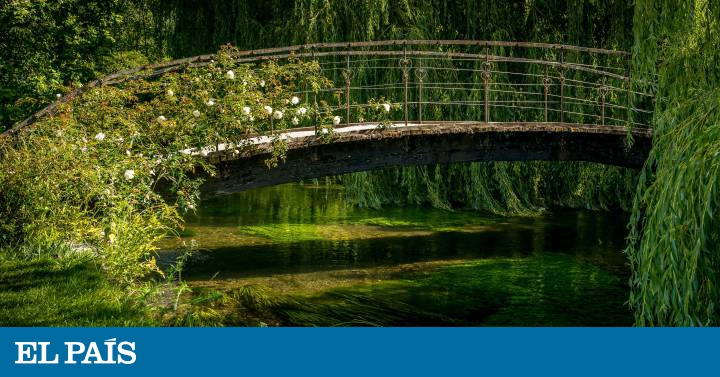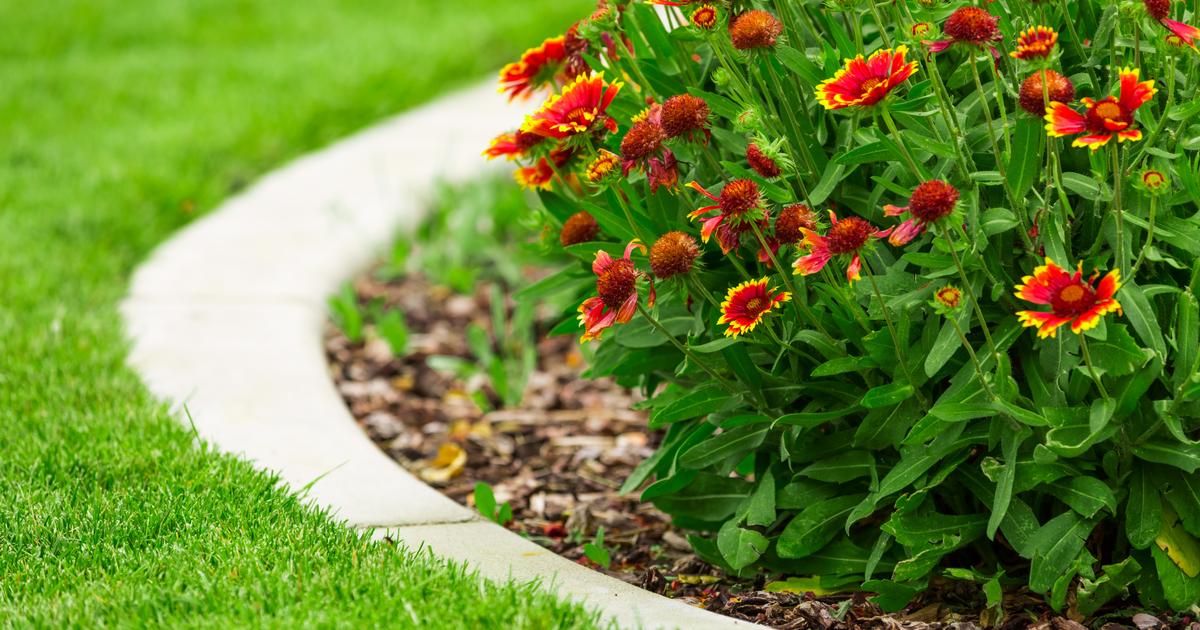What is a garden for?
There are so many possible answers to the question, especially since the pandemic and the consequent crisis have sharpened the ingenuity of many ... In the small French town where I live, masked gardeners, anonymous, willful people emerged overnight , which are still dedicated to cultivating, respecting sanitary measures, small disused flowerbeds in public parks and thus freely grow tomatoes and pumpkins and everything that is thrown before them where before only sad weeds appeared.
Let each one cultivate freely and each one also gather according to his needs.
Nature as food and put all of it free at the service of citizens.
MORE INFORMATION
Citizen, grow your food ... in the public park
Paris: the countryside grows on the asphalt
Towards 100% edible cities
Last week I read a book that looks at trees and plants from another less utilitarian but equally ancient point of view.
Gardening as a sacred art
, published by The Fertility of the Earth, is an entertaining and beautifully illustrated tour of the relationship that was established between gardens and the different cultures of antiquity such as Egyptian, Greek and Roman, until reaching our days.
The author, the British Jeremy Naydler, explains this historical journey as the tension between two opposing tendencies.
On the one hand, the desire on the part of the gardener to "respect" nature and its free and spontaneous growth.
And on the other, the equally real will of the gardener to impose order, logic, I would almost say, geometry, in the green space.
What margin of freedom do we grant to nature to be "herself"?
What margin of freedom do we grant to nature to be "herself" and what other margin do we reserve to demonstrate our dominance over her?
In fact, the history of this relationship at times stormy, at times harmonious is for the author the history of the progressive loss of the notion of the garden as a "sacred space" to become over time an object symbol of power and of violent domestication by man.
I especially loved the chapter dedicated to Louis XIV's landscaper, André Le Nôtre, who designed the gardens of Versailles.
It goes without saying that these gardens are, for the average Frenchman, the
summum
of French gardening, one of the samples of the
grandeur
(grandeur) of the king and, therefore, of the whole of France.
And if I loved the chapter, it is because the author does a reverse reading to the conventional one: he exposes the case as an example of the height of aggression against nature, a real declared “war”.
I quote literally: "It consisted of a military operation whose enemy was nature."
And I refer to the tests.
In fact I found out from the book that in the initial stage of construction of the garden to excavate the swamp and create the Grand Canal, which is the central element of the garden, the soldiers of the Swiss Guard were deployed.
Many of them lost their lives when poisoned by the gases of the swamp.
Later, thirty-seven infantry battalions and six squadrons of soldiers were required along with eight thousand civilian workers for the construction of an aqueduct, which was to transport the water to the garden.
Three years later the unfinished project had to be abandoned.
On the way some ten thousand people died, real people killed in combat.
I wonder if today we have really learned the lesson of Louis XIV and his cravings for megalomania.
Aren't we still raping nature, only this time our ambition is measured on a global scale?
We dig deeper and deeper, we build higher and higher, and bigger and bigger, sometimes along the water;
we dirty more and more not only the fields but also the oceans.
(c) The fertility of the Earth
There is no mastermind of the crime to whom we can point the finger, as the Sun King could have been in his day, but the shame of such crime is shared by all of us.
We do not send armies but it is also, in my view, an open war against nature, from which we want to extract more and more resources for our use and enjoyment and to which we want to submit to our control without limits and therefore without conscience. .
I wish we learned from Gertrude Jekyll and Claude Monet, both of whom are presented as positive role models in the book.
Both were gardeners who painted or painters who took care of the garden: the green space conceived as a place of artistic inspiration, as a painting or even as an icon.
What if the garden was still today, as in the past, a place, like other possible places, where we simply admire creation and where today we must more than ever give up for its sake, and for ours, to violate it?















